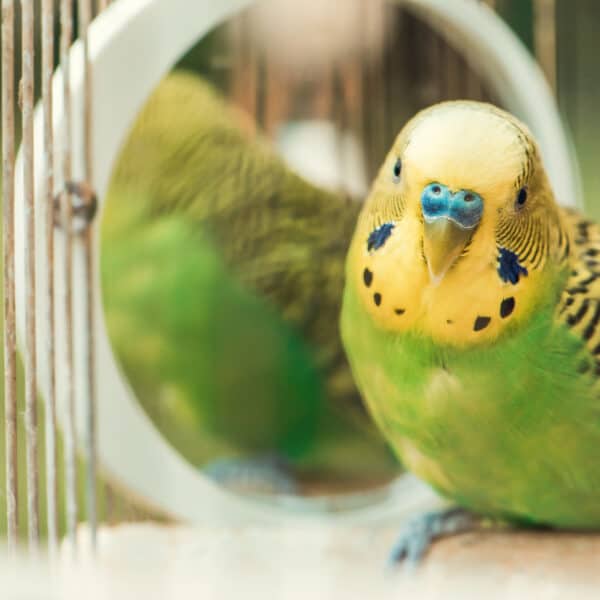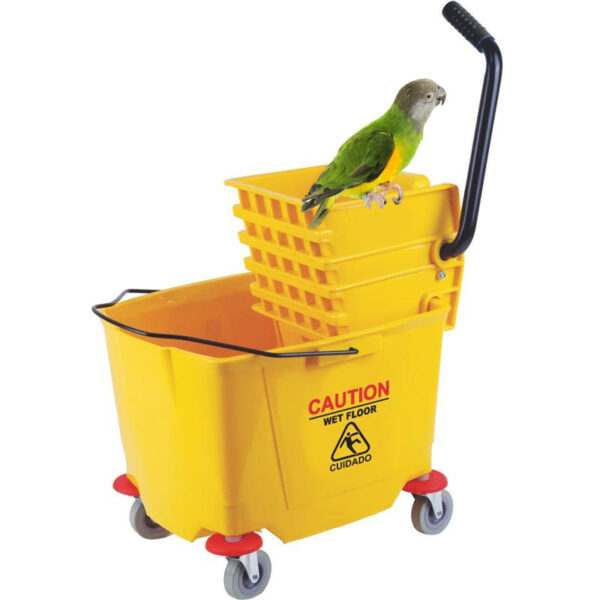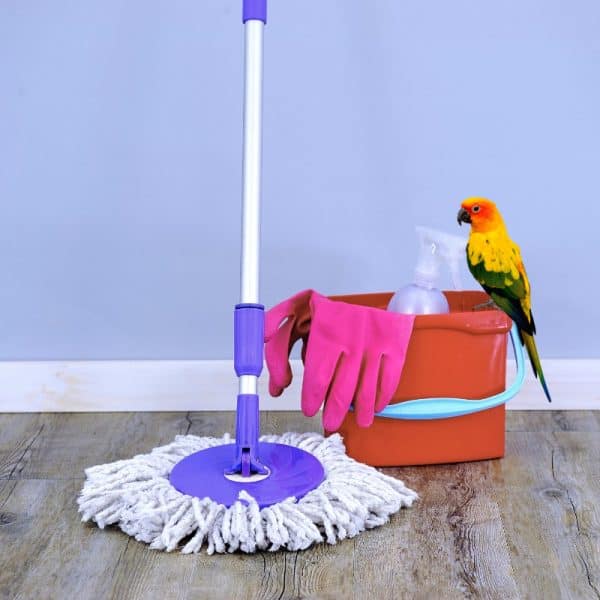
How Parrots Make and Use Tools to Get Food
Last Updated on by Mitch Rezman
Parrots are among the few animal species that demonstrate the use of tools in various contexts, including for obtaining food.
This behavior showcases their high level of intelligence and problem-solving skills. Here’s how parrots make and use tools to get food:
- Selecting Tools: Parrots, particularly species like the Goffin’s cockatoo and some African grey parrots, have been observed selecting appropriate materials to create tools. They might choose different objects based on their suitability for the task at hand, such as the length, width, or material of an item that can be used to rake in food that is otherwise out of reach.
- Modifying Tools: Parrots are capable of modifying tools to better suit their needs. This can include biting a piece of wood or leaf to the right size, stripping a twig of its leaves or bark, or bending a wire into a hook. These modifications make the tool more effective for the specific task, such as retrieving food from a container or a crevice.
- Using Tools Strategically: Parrots use tools in various ways depending on the challenge they face. For example, they might use a stick to poke at or skewer food items, drag them closer, or even use a hooked tool to scoop items out. The use of these tools requires understanding the physical properties of both the tool and the task, showcasing their cognitive abilities.
- Learning and Innovation: The ability to use and modify tools often involves a combination of innate behaviors and learned skills. Parrots are capable of learning by trial and error, but they can also learn by observing other parrots. In some instances, innovative tool use has spread within groups, indicating a level of cultural transmission of knowledge.
- Problem Solving: Tool use in parrots often arises from complex problem-solving processes where the bird evaluates different strategies to retrieve food. This can be driven by their natural curiosity and the stimulating challenge of solving a puzzle, which can be a form of environmental enrichment.
Studies and observations of tool use in parrots provide valuable insights into the cognitive processes of these birds, highlighting their ability to think ahead, plan, and solve problems creatively—skills that are crucial for survival in their natural habitats as well as in captive environments.
Author Profile
Latest entries
 The Traveling BirdJune 26, 2025Can You Name 5 Parrot Species That Are Living Wild in the USA?
The Traveling BirdJune 26, 2025Can You Name 5 Parrot Species That Are Living Wild in the USA? Bird BehaviorJune 26, 2025How is it Parrots Are Problem Solvers Social Animals and Even Use Tools?
Bird BehaviorJune 26, 2025How is it Parrots Are Problem Solvers Social Animals and Even Use Tools? Bird & Parrot AnatomyJune 25, 2025How a Tiny Chemical Modification Makes Parrots Nature’s Living Paintings
Bird & Parrot AnatomyJune 25, 2025How a Tiny Chemical Modification Makes Parrots Nature’s Living Paintings PigeonsJune 20, 2025How Do Parrots Thrive in Cities Outside Their Native Habitats?
PigeonsJune 20, 2025How Do Parrots Thrive in Cities Outside Their Native Habitats?


